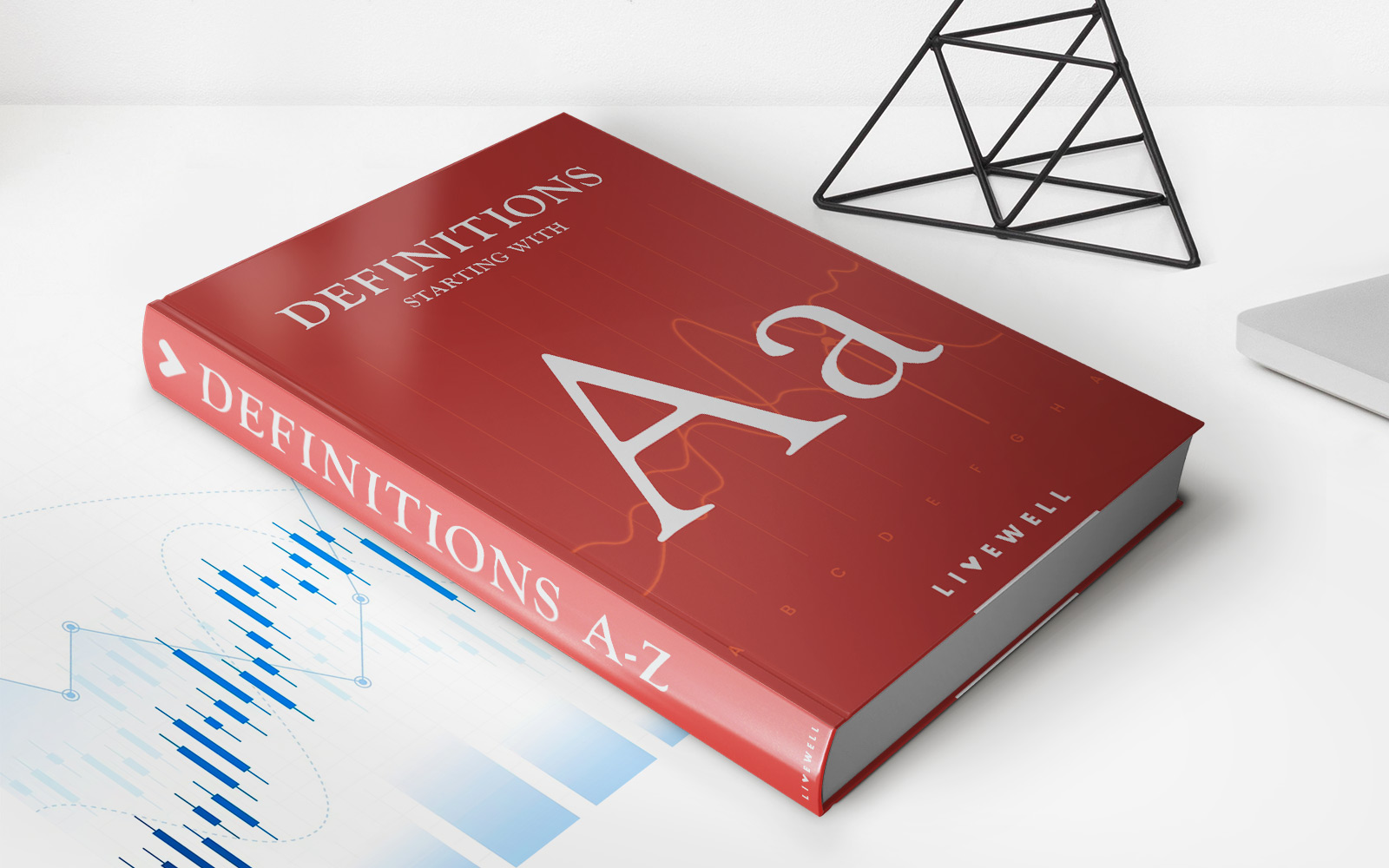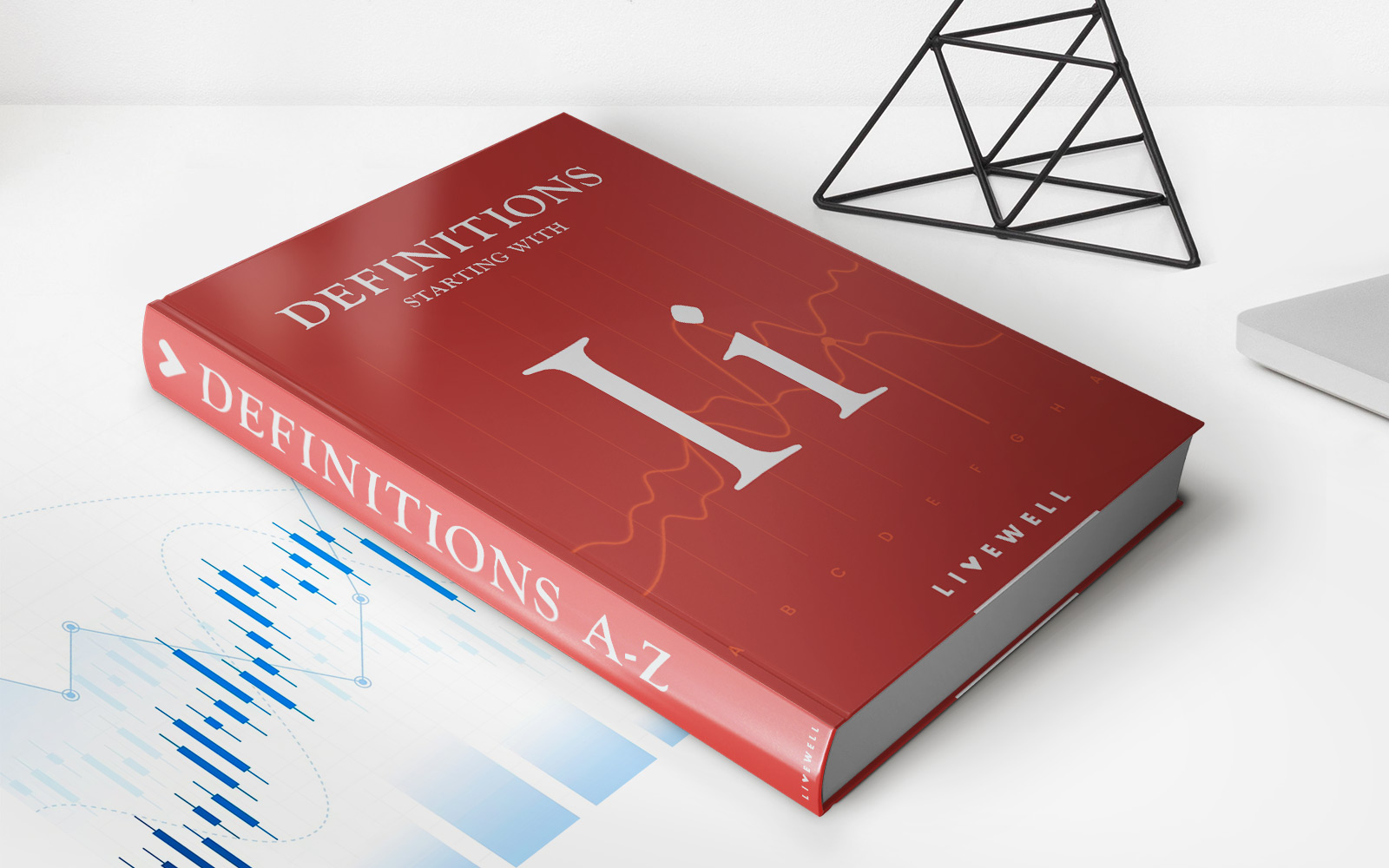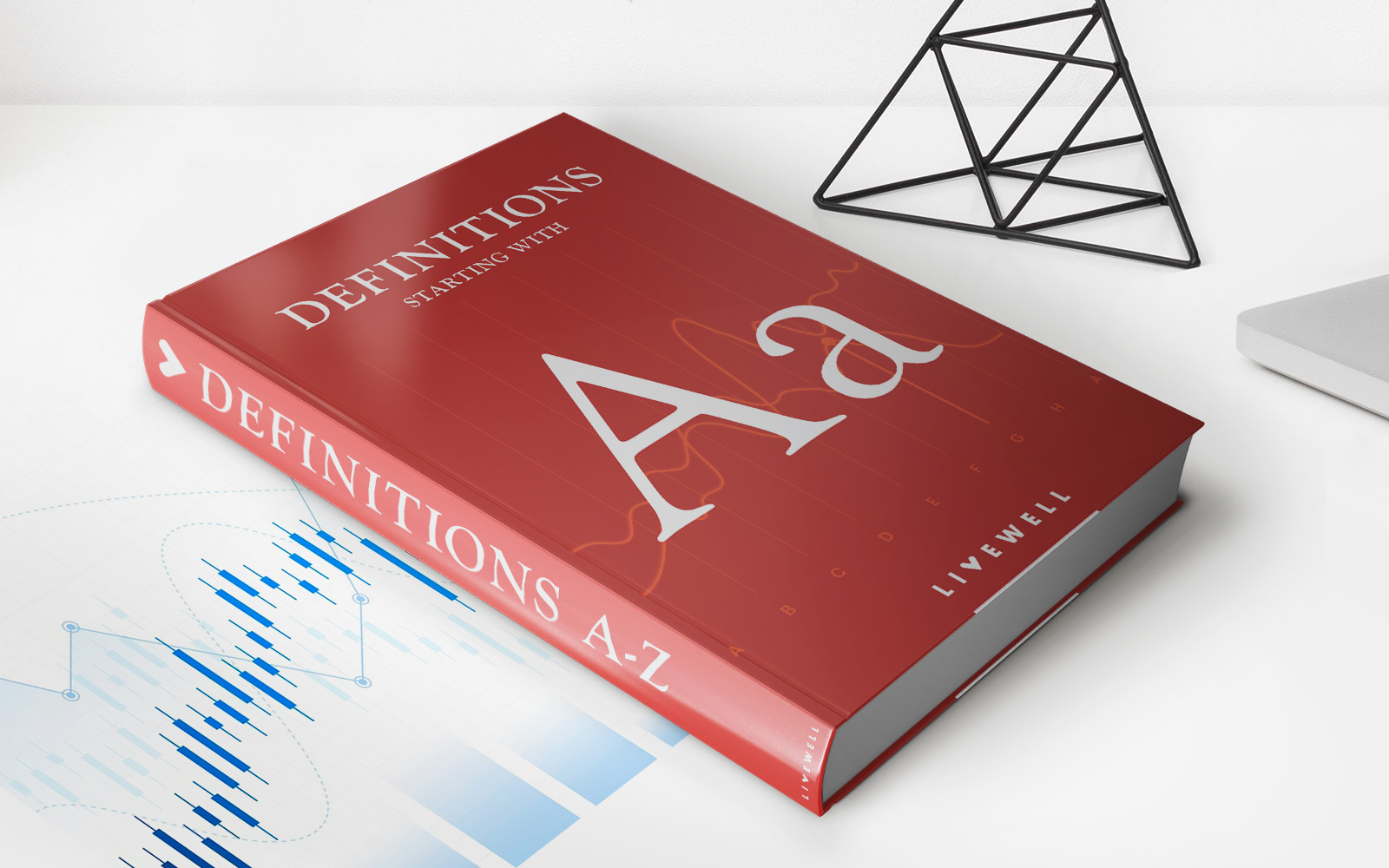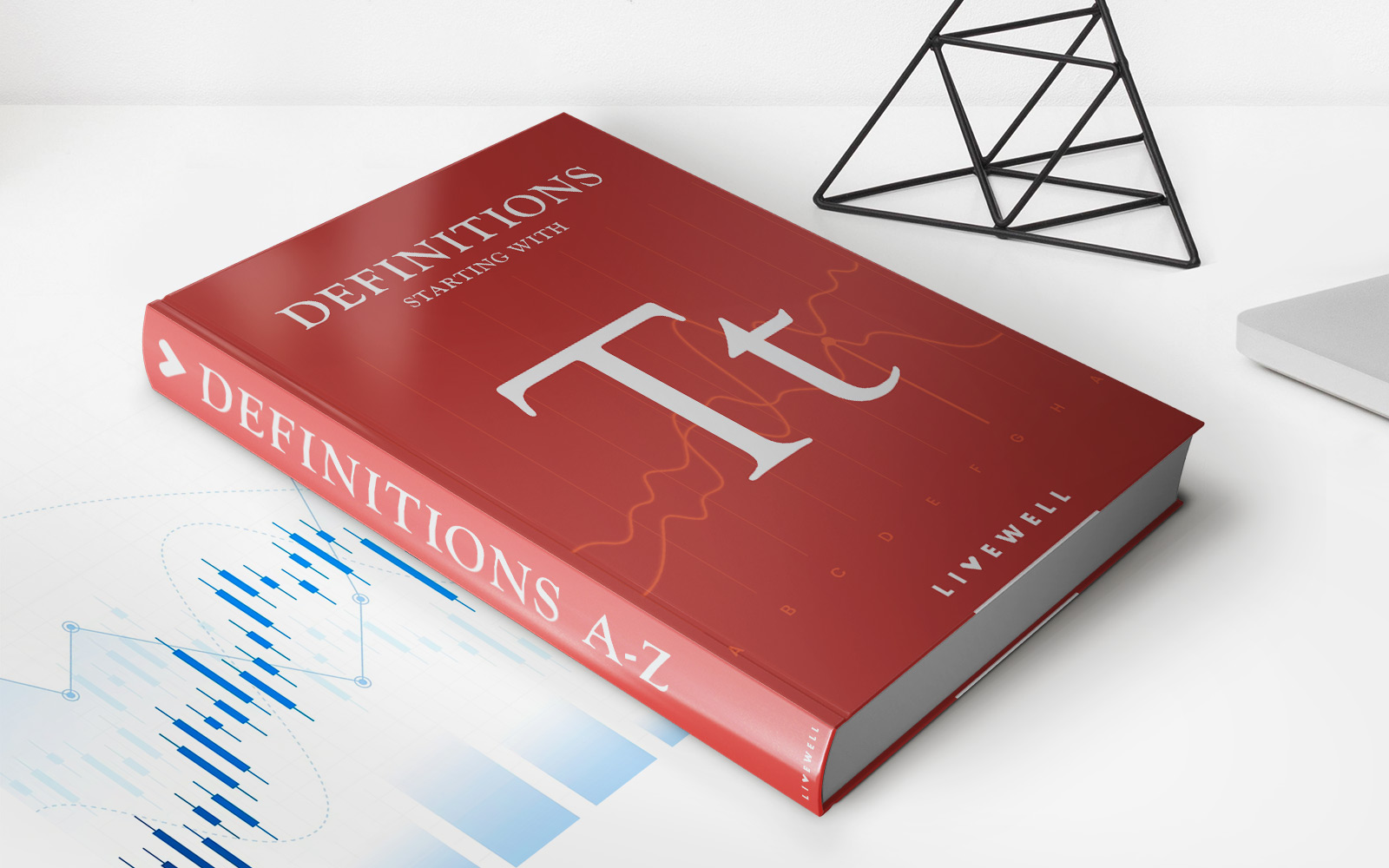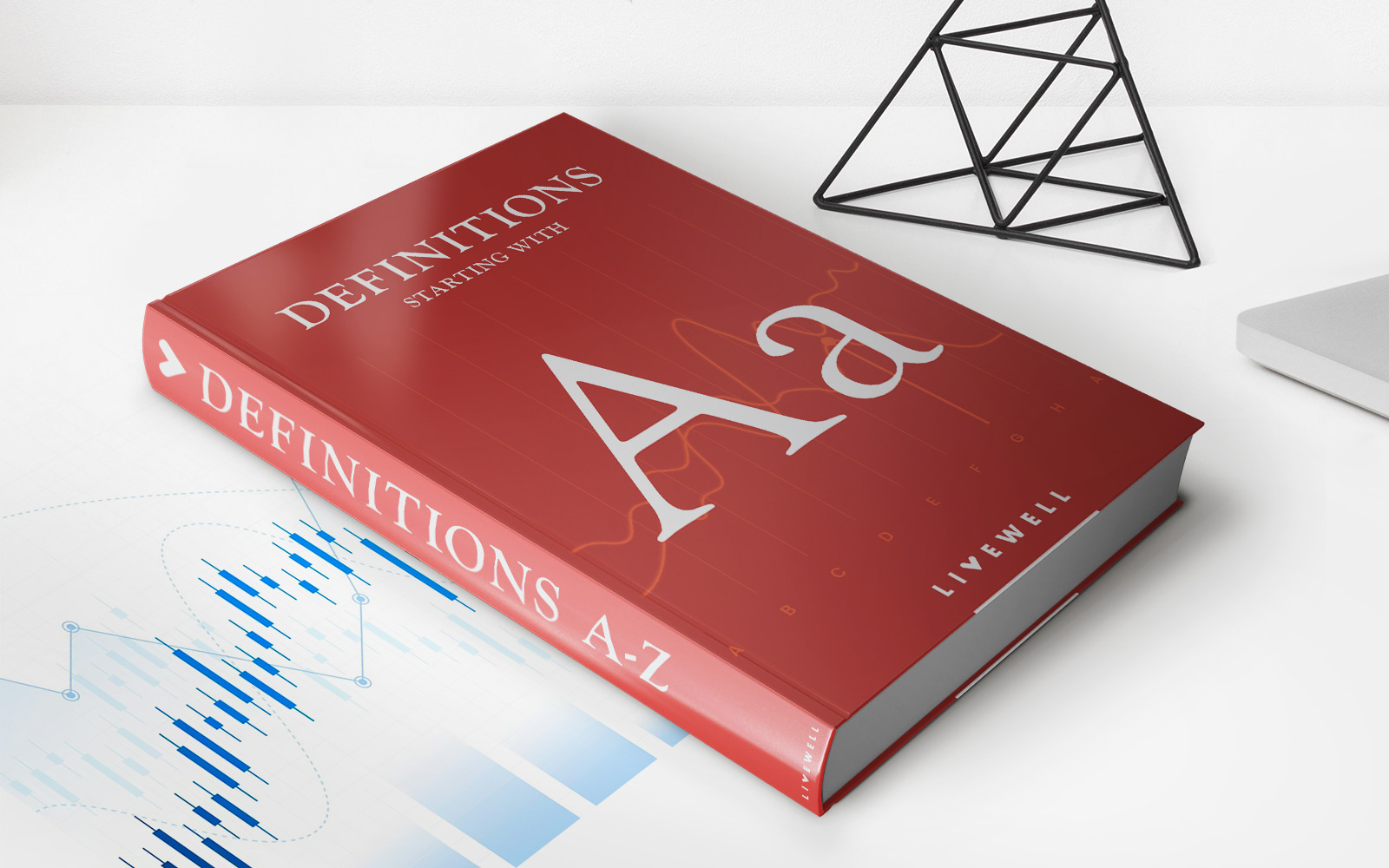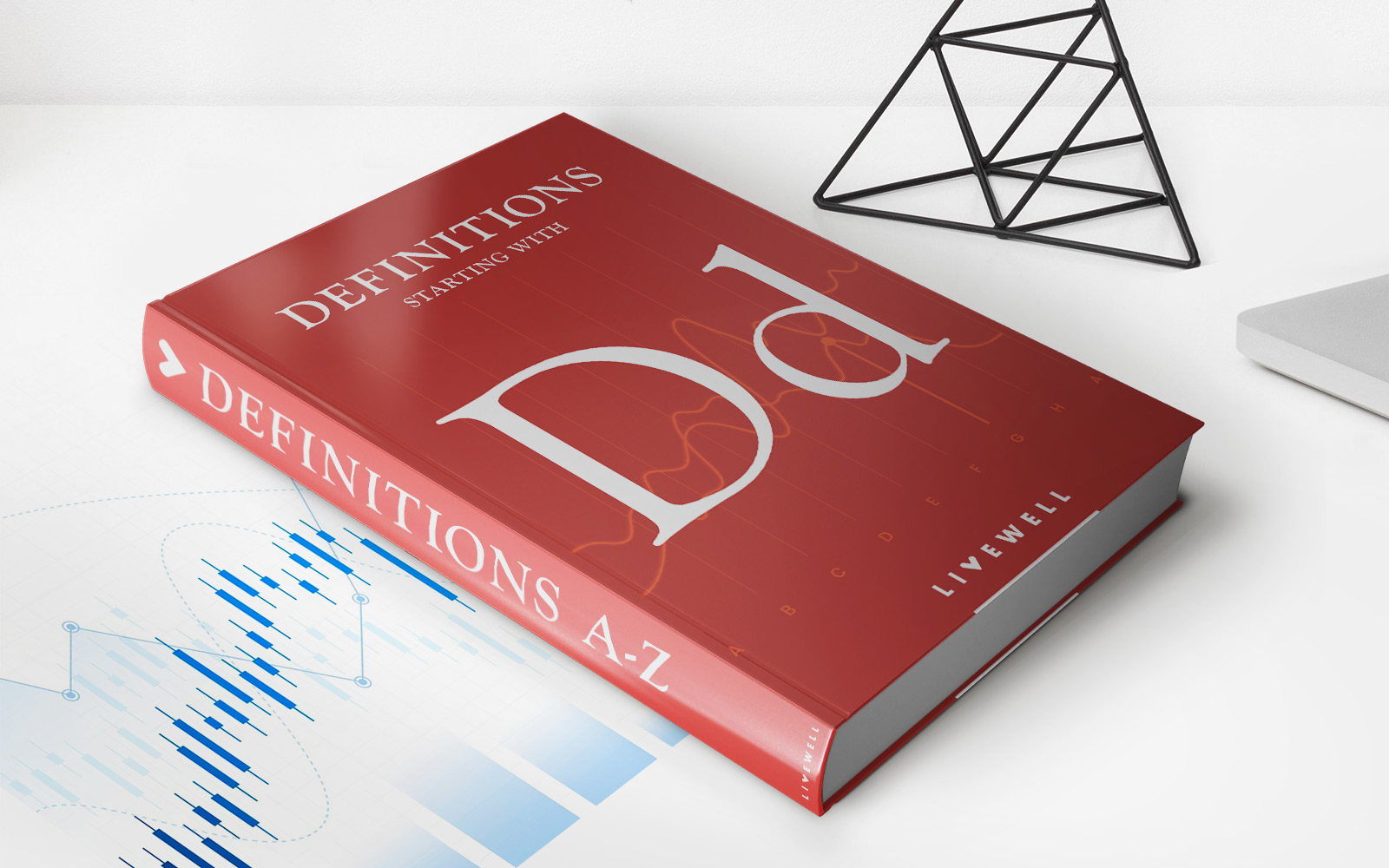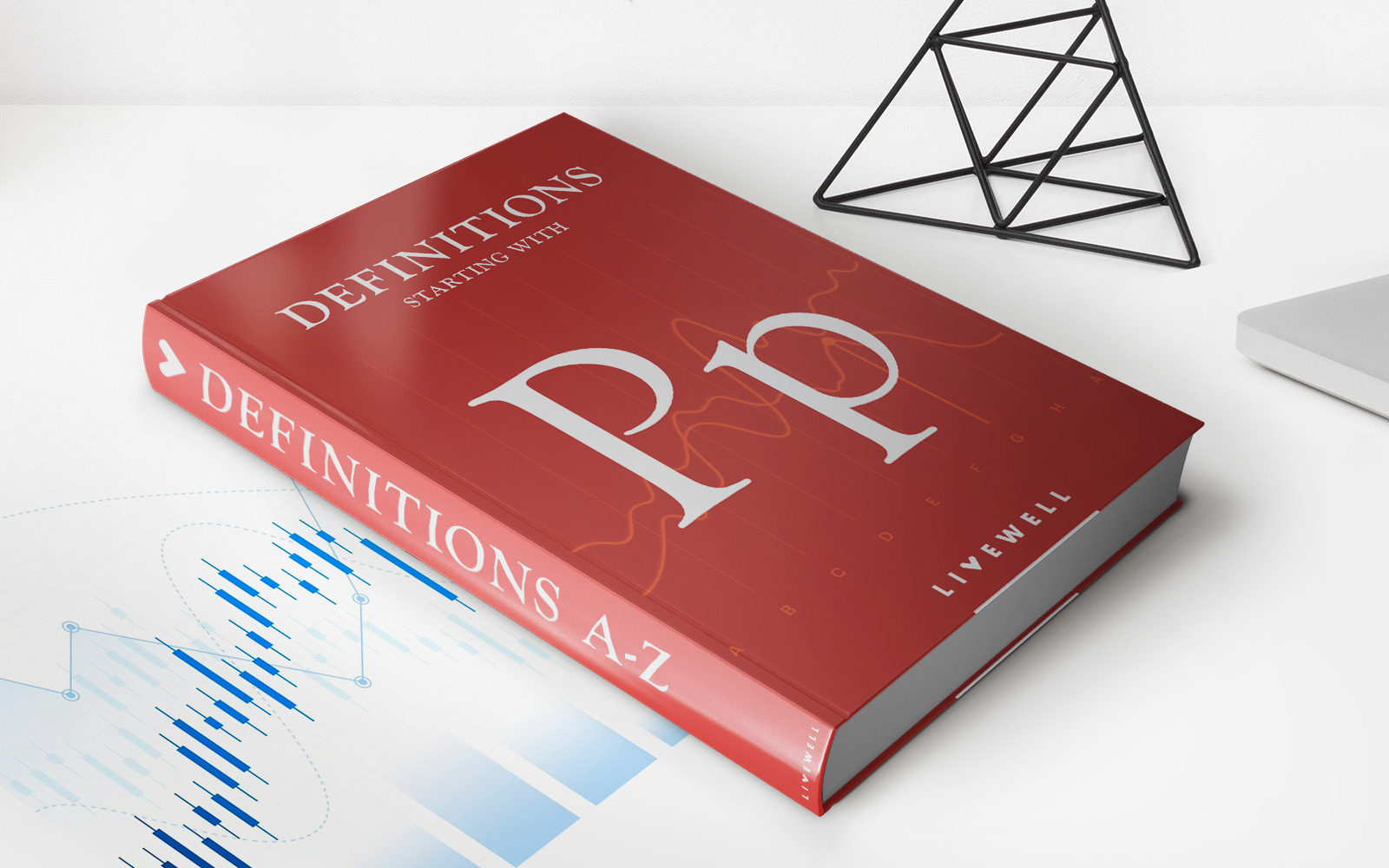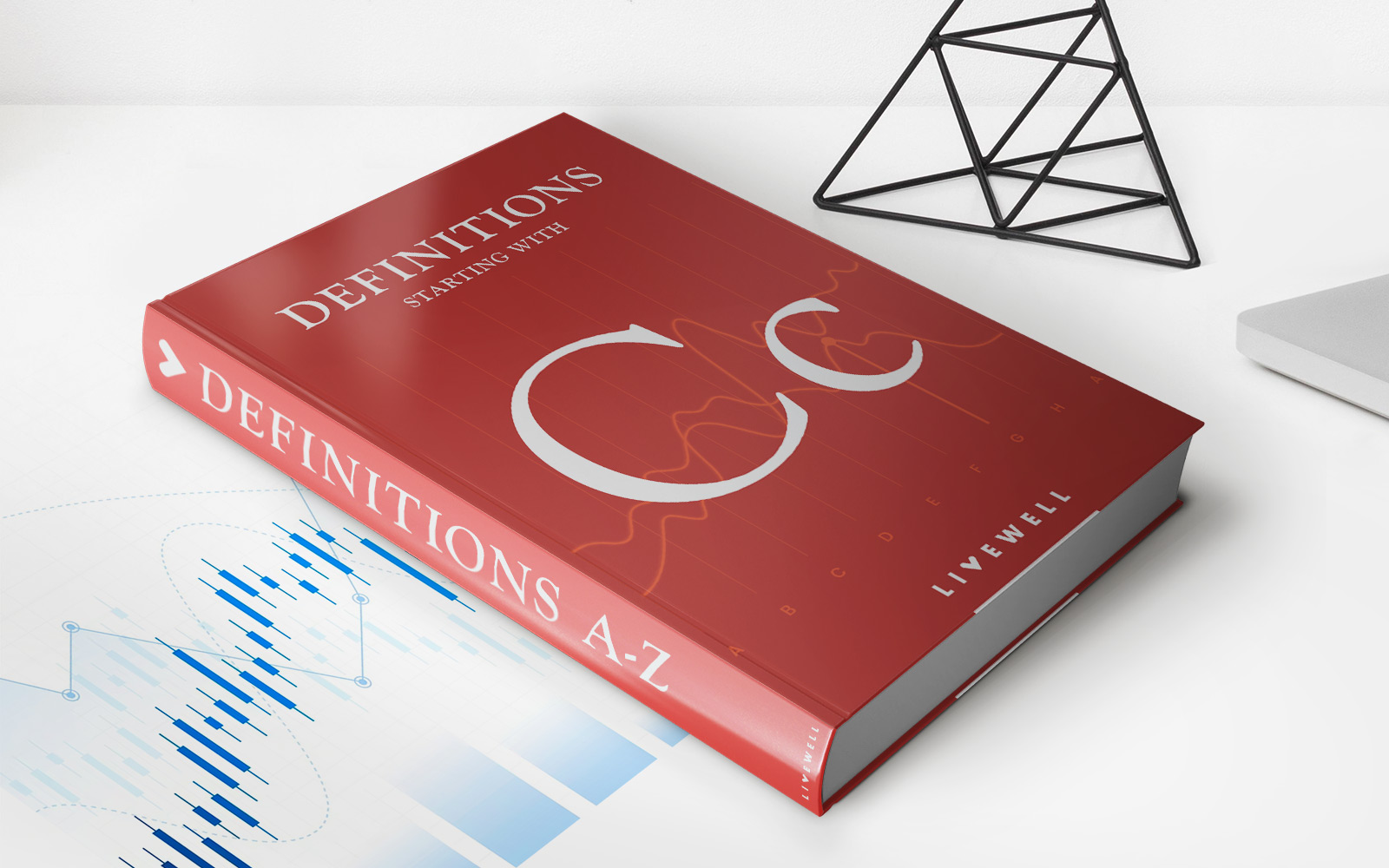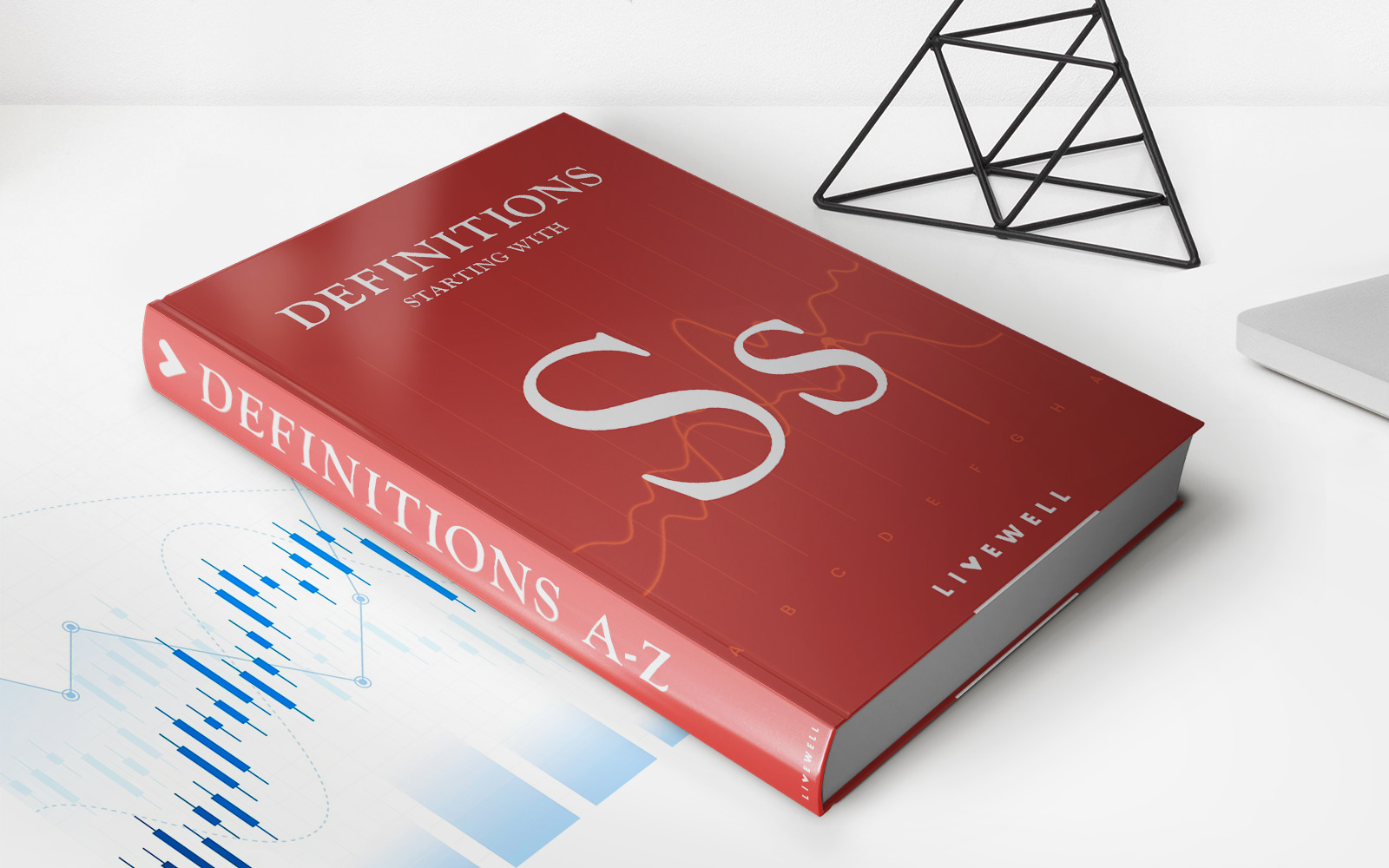

Finance
Sunk Cost Dilemma Definition
Published: February 4, 2024
Discover the meaning of sunk cost dilemma in finance and how it impacts decision-making. Explore strategies to overcome this financial challenge.
(Many of the links in this article redirect to a specific reviewed product. Your purchase of these products through affiliate links helps to generate commission for LiveWell, at no extra cost. Learn more)
The Sunk Cost Dilemma: Navigating Financial Decision-Making
When it comes to making smart financial choices, it’s important to understand how various factors can influence our decisions. One concept that often affects our decision-making is the “sunk cost dilemma.” But what exactly is a sunk cost, and how does it impact our financial choices? In this article, we’ll explore the definition of the sunk cost dilemma and provide insights into navigating this common financial challenge.
Key Takeaways:
- Sunk costs are expenses that have already been incurred and cannot be recovered.
- The sunk cost dilemma refers to the conflict between rational decision-making and emotional attachment to past investments.
Now, let’s dive deeper into the subject.
Understanding the Sunk Cost Dilemma
Imagine you’ve purchased a ticket to a concert, but on the day of the event, a sudden work commitment arises. You find yourself in a classic sunk cost dilemma: whether to attend the concert and fulfill your initial investment or prioritize your work responsibilities. This scenario highlights the conflict between rational decision-making and the emotional attachment we often develop towards past investments.
Sunk costs are expenses that have already been incurred and cannot be recovered. In the concert ticket example, the cost of the ticket is the sunk cost. The dilemma arises when we let the sunk cost influence our decisions, even when they no longer align with our current priorities or circumstances. Overcoming the sunk cost dilemma requires a shift in perspective and a focus on future gains rather than past investments.
Navigating the Sunk Cost Dilemma
To make sound financial choices, it’s crucial to overcome the sunk cost dilemma. Here are some strategies to help you navigate this challenge:
- Recognize the sunk costs: Start by identifying the expenses that fall into the category of sunk costs. Understanding what has already been invested and cannot be recovered allows you to focus on future considerations.
- Assess future benefits: Evaluate the potential benefits or drawbacks of continuing with the investment or cutting your losses. Consider the long-term advantages or disadvantages rather than dwelling on past expenditures.
- Let go of emotional attachments: Separate yourself from emotional ties to past investments. Embrace the concept of sunk costs by acknowledging that dwelling on them can hinder your ability to make rational decisions.
- Reframe your perspective: Rather than viewing sunk costs as losses, reframe them as learning experiences. Take the lessons learned from past investments and apply them to future decision-making.
- Consult a financial advisor: If you’re facing a significant financial dilemma, seeking guidance from a professional can provide an objective perspective and help you make informed choices.
Conclusion
The sunk cost dilemma is a common challenge that affects our financial decision-making. By understanding the concept and implementing strategies to overcome it, we can make wiser choices that align with our current circumstances and long-term goals. Remember, it’s crucial to focus on future benefits and let go of emotional attachments to past investments. With this approach, you can navigate the sunk cost dilemma and create a solid financial foundation.
